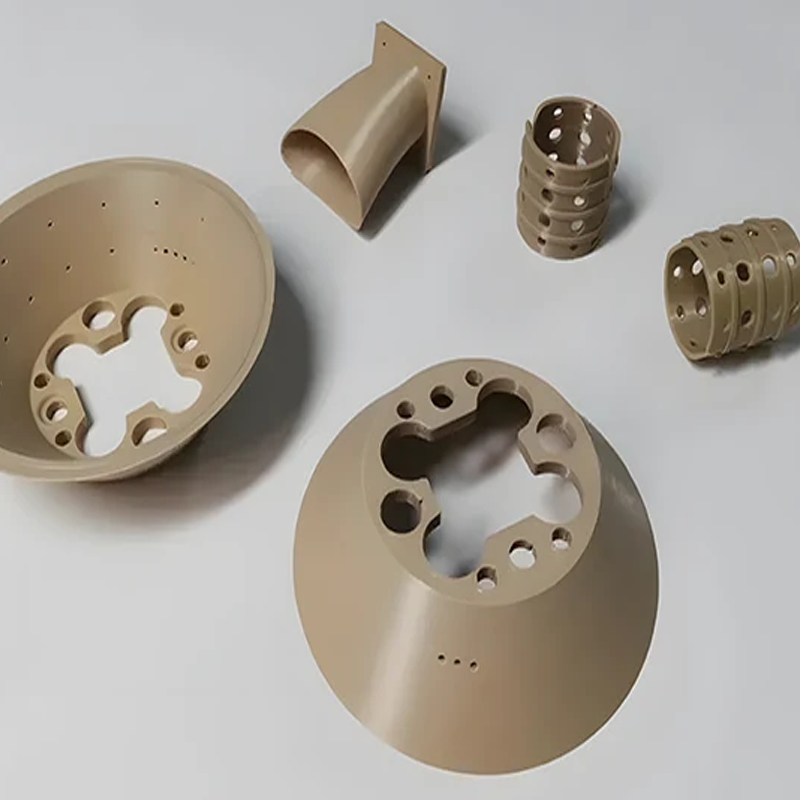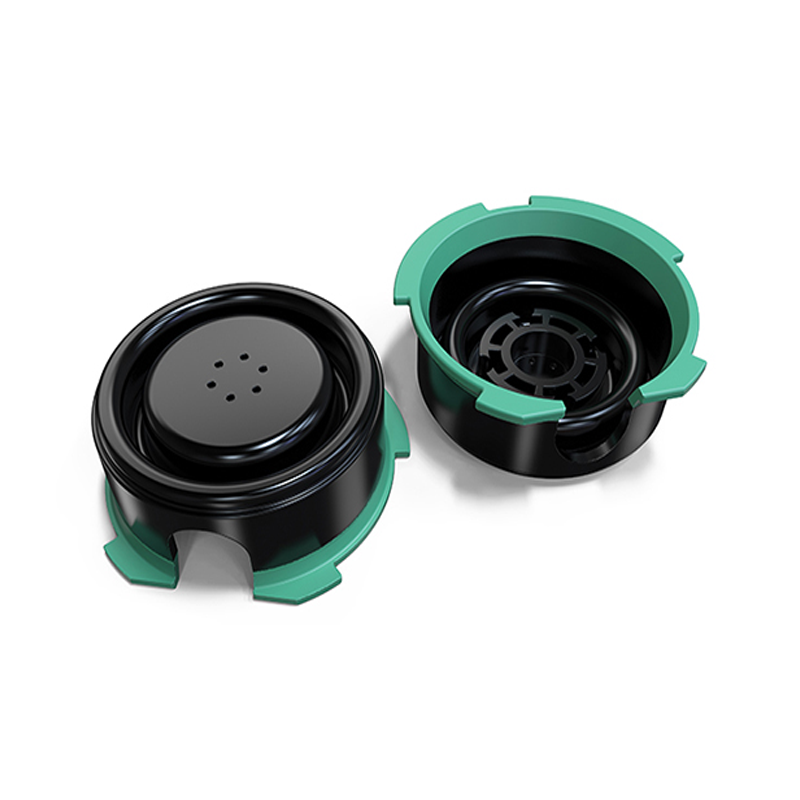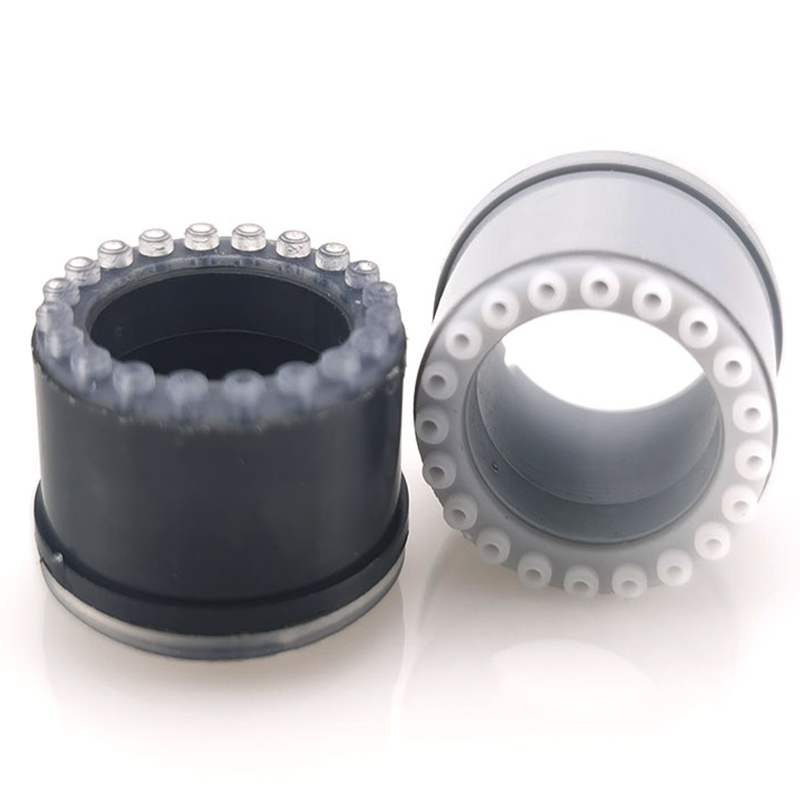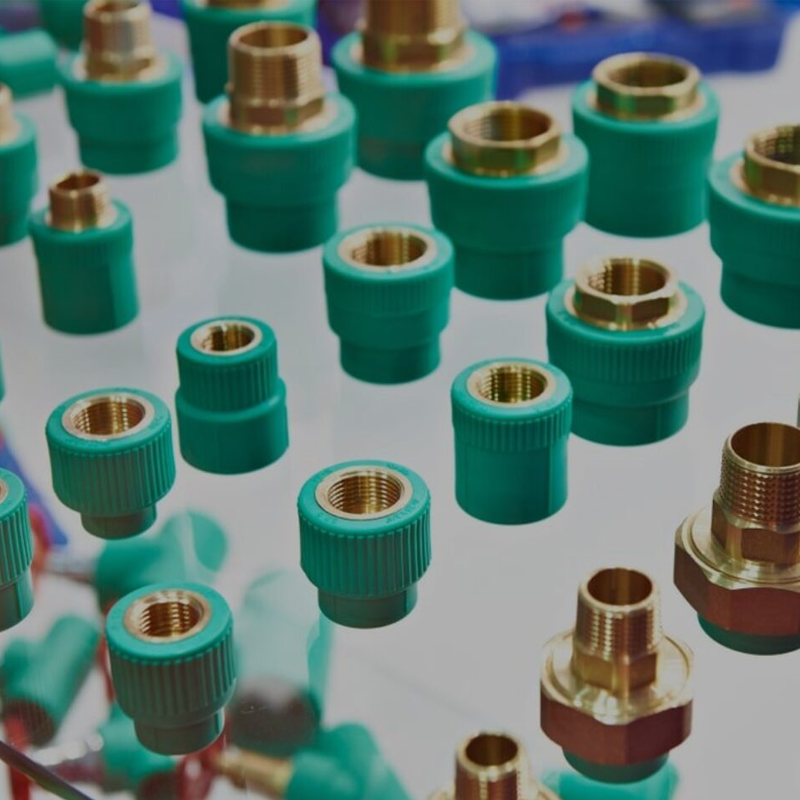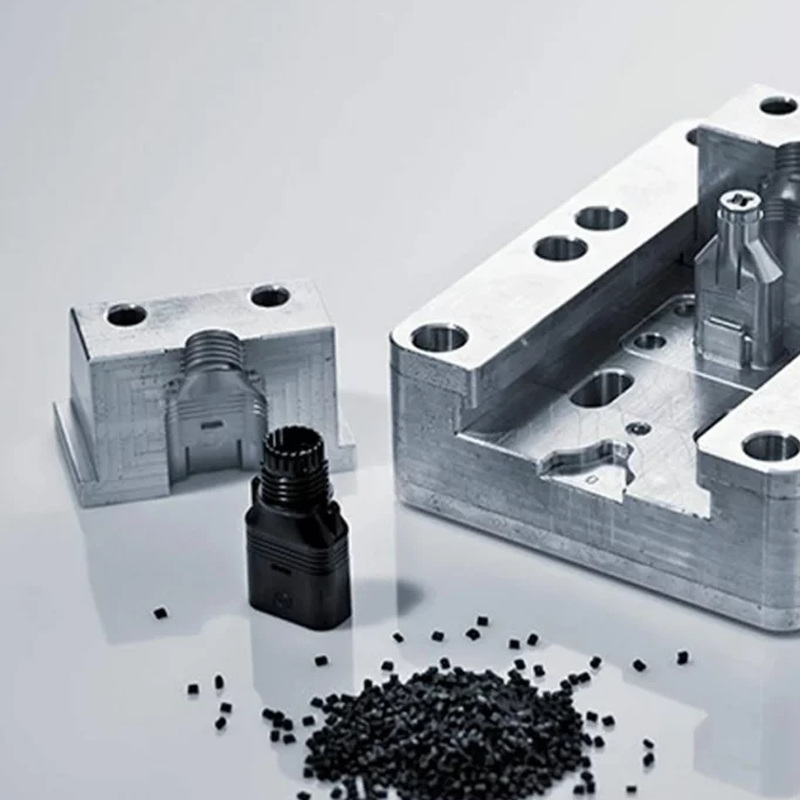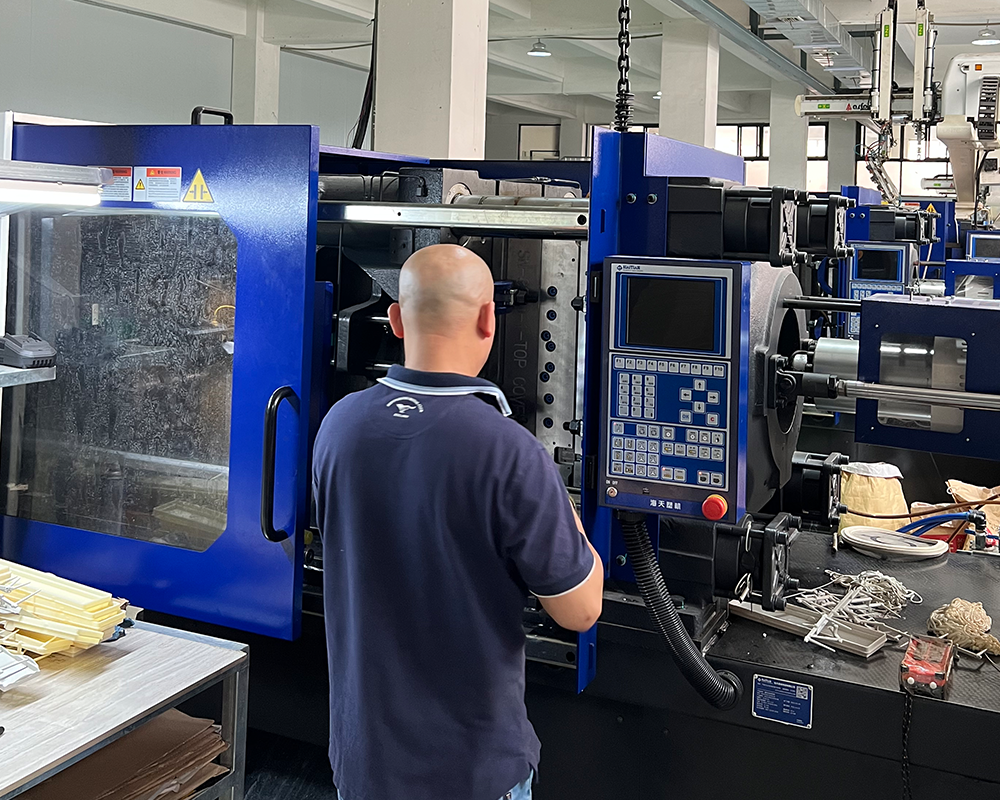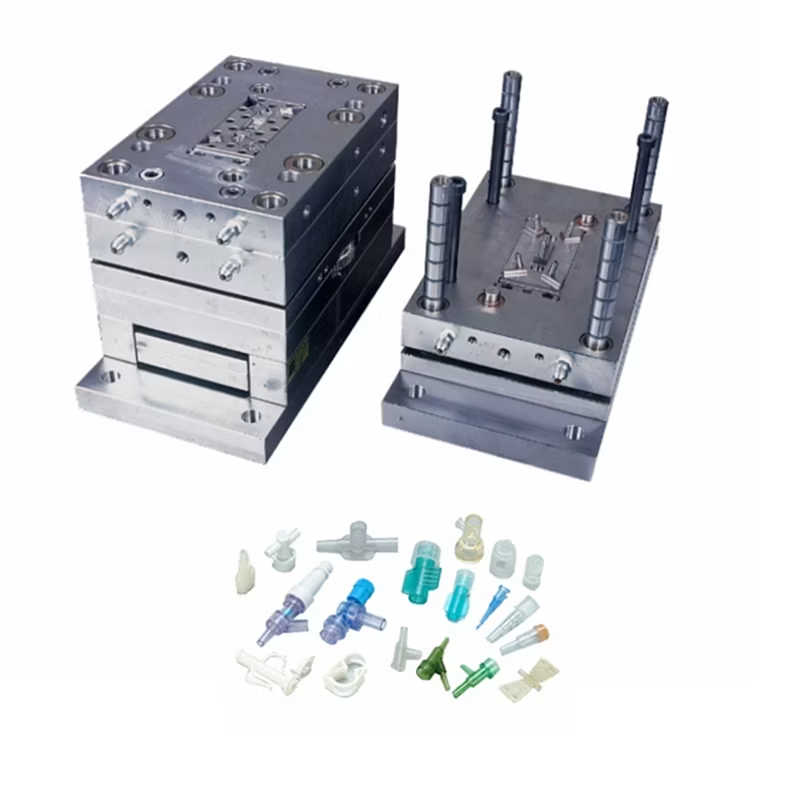In the world of industrial design and manufacturing, selecting the right material is crucial to ensuring the longevity and performance of a product. When it comes to applications that involve high temperatures, not all plastics are created equal. Some plastics can withstand moderate heat, while others are specifically engineered to endure extreme conditions without compromising […]
